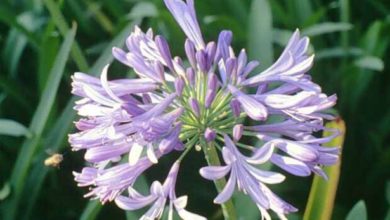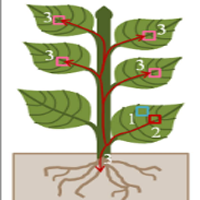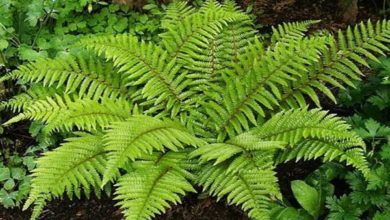Caesalpiniaceae Family Plants (Flowering) are used for ornamental and medical purposes. Bauhinia Variegata Kachnar and Cassia senna are common examples of Caesalpiniaceae.has 152 genera and 2300 species. It has 16 genera and 60 species only in Pakistan (South Asia).
List of Caesalpiniaceae Family Plants
- Tamarindus indica
- Cassia fistula, amaltas
- Bauhinia Variegata Kachnar
- Cassia senna
Vegetative Characteristics of Caesalpiniaceae Family Plants
- Habit: Mostly trees or shrubs. Some are woody climbers, rarely herbs.
- Stem: It is erect, woody herbaceous, or climbing.
- Leaves: The leaves are compound (rarely simple), pinnate, and stipulate.
Floral Characteristics of Caesalpiniaceae
- Inflorescence: It may be Axillary or terminal raceme or it may be panicle or spikes. It is rarely cymose. It is showy.
- Flower: Flower is bisexual, zygomorphic (rarely actinomorphic), and perigynous.
- Calyx: It sepals are 5. They are often colored and free or connate at base.
- Corolla: Mostly 5, free petals.
- Androecium: Stamen are 10 or less (rarely numerous). They may be free or variously united.
- Gynoecium: They have one simple carpel. The ovary is superior and unilocular (one chamber). The placentation is marginal. Stigma is simple.
- Fruit: It is a legume.
Economic Importance of Caesalpiniaceae Family Plants
Caesalpiniaceae Family Plants have great importance. Some plants are ornamental. Some have medicinal importance. A few are used as food.
1. Medicinal importance
- The leaves of Cassia fistula are used to cure ringworm and skin diseases.
- The leaves of Cassia senna and Cassia obovata yield a drug called Senna. It forms a base for a laxative.
- Oil is extracted from the seeds of cauliflora Cynometera. This oil is applied externally for skin diseases.
2. Ornamental plants
Bauhinia Variegata (kuchnar), Cassia fistula (Amaltas), and Parkinsonia are used as ornamental plants.
3.Vegetable and fruits
The leaves and flower bud of Bauhinia variegate (kuchnar) are used as a vegetable. The acidic fruit of Tamarindus indica is edible. It is rich in tartaric acid.
4.Tanning and dye
The bark of Bauhinia and Tamarindus indica is used in tanning (leather industry). The heartwood of Haematoxylon (long wood) gives dyes Haematoxylin. It ¡s used for staining the cell.
You May Also Like:



